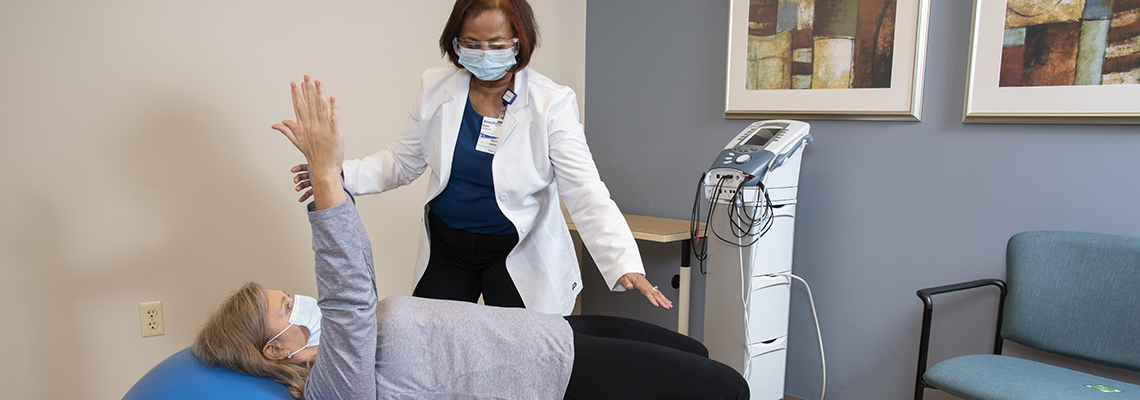Effective Approaches for Reducing Dyspnea in Physiotherapeutic Therapy Appointments
Effective Approaches for Reducing Dyspnea in Physiotherapeutic Therapy Appointments
Blog Article
Dyspnea, or trouble respiration, is a frequent concern that many individuals face, especially those with long-term lung conditions, heart problems, or other health conditions. In physical therapy appointments, addressing breathing difficulties is essential for helping clients improve their overall standard of life. By employing specific methods and approaches, physical therapists can help patients in managing their respiratory difficulties. Grasping these effective methods can enable both therapists and patients to collaborate together more efficiently in addressing obstacles related to dyspnea.
One of the main methods used to reduce breathing difficulties in physical therapy is the practice of regulated breathing activities. These exercises often focus on abdominal breathing, which promotes patients to use their breathing muscle rather than their upper chest muscles when inhaling. This method helps to increase lung volume and effectiveness. Additionally, pursed lip breathing is another approach that can be helpful. This method involves inhaling through the nose and breathing out slowly through pursed lips, which can help to keep airways open longer and render breathing feel more manageable. By including these exercises into therapy sessions, physical therapists can provide patients with strategies to control their breathing difficulties both during and beyond of their appointments.
Another important aspect of managing breathing difficulties in physical therapy is the development of an personalized exercise program. Customizing exercises to meet the individual needs and capabilities of each patient is crucial. Therapists should gradually integrate aerobic activities, such as ambulating or original site cycling, in a structured manner, allowing patients to build their endurance over a period. This progressive method helps patients to feel more at ease with physical activity while simultaneously improving their lung capability and overall stamina. It is important for therapists to observe patients closely during these activities to ensure they are not overexerting themselves, which could result to greater shortness of breath.
Teaching also plays a significant role in reducing dyspnea during physical therapy appointments. Providing patients with knowledge about their condition and the factors behind breathing difficulties can enable them to take charge of their health. Therapists can explain how factors like anxiety, posture, and environmental conditions can influence breathing. By understanding these ideas, patients can learn to control their symptoms more efficiently. Techniques such as stress reduction methods and proper body mechanics can additionally assist in reducing the effects of dyspnea during daily activities and therapy sessions.
In summary, effectively alleviating breathing difficulties in physical therapy appointments involves a mix of breathing exercises, personalized exercise regimens, and patient teaching. By implementing these effective approaches, physical therapists can help patients control their respiratory difficulties and improve their overall well-being. Collaboration between therapists and patients is crucial to create customized interventions that meet individual needs. With the appropriate support and techniques, patients can find relief from dyspnea and engage more completely in their physical therapy process, eventually leading to a better quality of life.